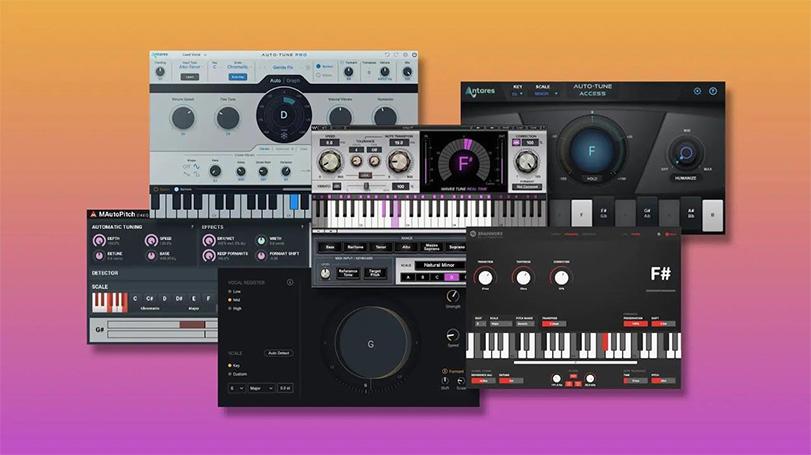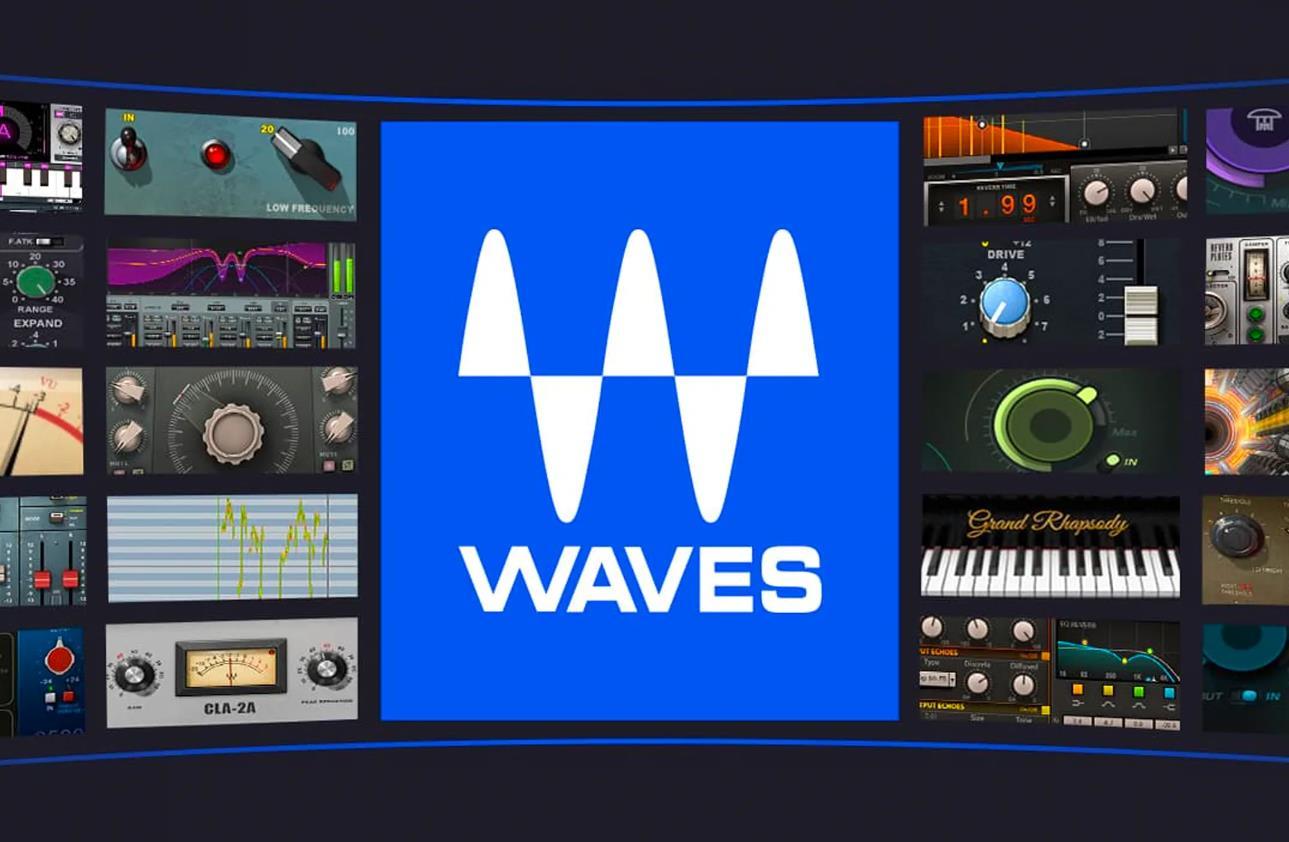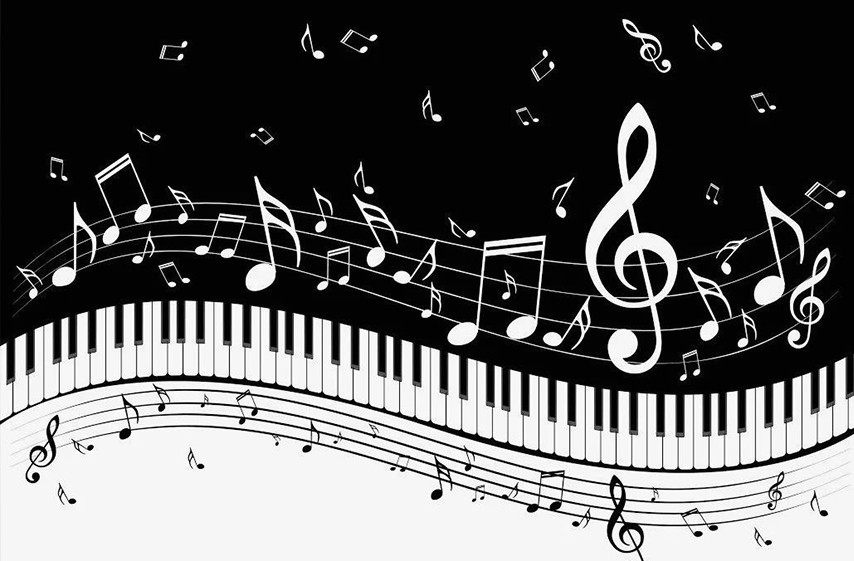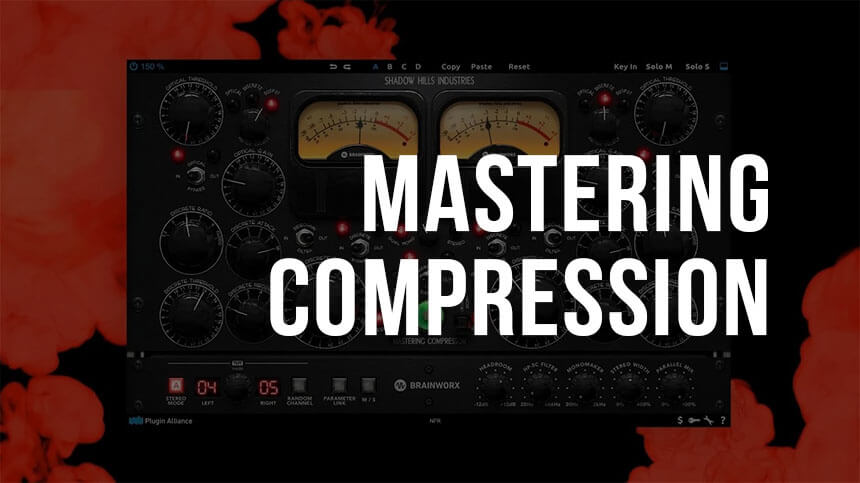Tempo in music
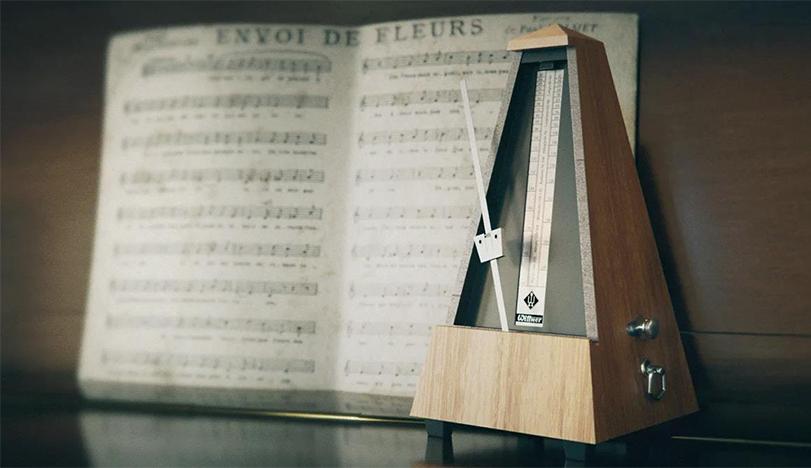
Tempo is one of the key elements of musical expressiveness, along with such concepts as rhythm, harmony, melody, mode and others. Learning these components is essential for any musician, similar to the importance of learning to read music. Today we’re going to dive into the basics of music theory to understand the concept of tempo, while trying to make the process as fun as possible.
Tempo (from the Italian “Tempo”) determines the speed of passage of metric units in a composition, or more simply, the speed of its execution. It’s similar to reading a poem: you can read it quickly or slowly, and it will significantly change the perception. In music, tempo affects not only the words, but also the sound of the entire composition.
Tempo is usually indicated at the beginning of a piece of music and serves as an indication to the performer of the desired speed of playback. This gives you an idea of when to start the next part of the piece and how to coordinate your singing with the rhythm.
In modern music, the tempo most often remains constant throughout the song. However, in classical music you can often find changes in tempo, where the speed of the performance changes from fast to slow and vice versa. This gives the works dynamism and emotional richness.
Musical works are organized into measures of a certain size, containing stressed and unstressed beats. Tempo shows how many beats occur in a certain period of time. To accurately determine the tempo, a BPM (beats per minute) scale is used, indicating the number of beats in 60 seconds.
Pulsation of music
Have you noticed the similarity between the tempo of a musical composition and the human heartbeat? One of the key similarities is the measurement in beats per minute. The average tempo of music often matches a person’s normal resting heart rate, which is 60-80 beats per minute. Slow melodies have a tempo of around 40-58 beats, while faster songs exceed the 90 beat mark. During intense physical activity, our heart can beat at a rate of about 200 beats per minute, the sensation of which, like music, varies depending on preference.
Watching experienced musicians perform can be both inspiring and intimidating for new performers. It’s amazing how professionals easily capture every nuance, precisely following the rhythm and tempo. However, achieving this level of skill is not as difficult as it might seem at first glance. The secret lies in understanding the basics and regular practice.
Metronome
The musical structure consists of measures in which there are not only sounds, but also pauses, which play an important role. They help emphasize certain points, provide listeners with a break, and give performers a chance to prepare for the next segment.
The metronome is a tool that helps visualize this rhythmic structure and allows musicians to synchronize the tempo of their performance. Metronome settings include determining the tempo and time signature of the song, where the time signature is designated as 4/4, 2/2, and so on, indicating the beats within the measure. A BPM (beats per minute) scale, such as 70 or 80, synchronizes the metronome beats with the accented beats, making it easier to follow the rhythm.
The famous metronome, named after its creator, the German pianist and mechanic Maelzel, is considered the standard for indicating tempo. The use of a Mälzel metronome (M. M) promotes the development of a sense of rhythm by teaching musicians to adapt to the tempo of a composition by ear.
This device was invented in 1815 and became the basis for the accurate measurement of tempo in music, used by composers such as L. van Beethoven, as well as by authors of the 20th and 21st centuries. During the Romantic era, many people preferred verbal instructions for tempo.
Modern metronomes come in both electronic and mechanical styles, retaining traditional design elements such as springs and weights. The latest versions are also in demand – applications for mobile devices and online metronomes that work on a similar principle.
Other tempo notation options
In situations where high tempo precision is not required, specialized musical terms are used, which are classified into three main categories: slow, medium and fast tempos.
The first indications of tempo began to be used in the 16th century in Spanish music academies. There are various linguistic adaptations of these tempo frames: Italian, German, English, Russian and French, each conveying similar musical concepts. Despite the variety of languages, they all have corresponding numerical values on the metronome, allowing you to accurately determine the speed of the piece.
- Slow: largo (wide), larghetto (quite wide), lento (long), adagio (slow), adagietto (quite slow), grave (heavy);
- Moderate: andante (calmly), andantino (a little faster), moderato (moderately, sostenuto (restrained), allegretto (lively), allegro moderato (moderately fast);
- Fast: allegro (quickly), vivo (briskly), vivace (more lively), presto (quickly), prestissimo (even faster).
As mentioned earlier, tempo in pieces of music usually remains constant, but sometimes it can change within the same composition. To denote such dynamic changes, there are specific musical terms: accelerando (acceleration), ritenuto (slight slowdown), ritardando (significant slowdown) and others.
These terms are the basic markers of changes in speed, but there are also more subtle nuances of tempo in music, for which certain words are also used to help more accurately convey the characteristics of the rhythm.
For example:
- assai – very;
- commodo – convenient;
- non troppo – not too much;
- molto – very;
- mosso – movable;
- maestoso — solemnly;
- animando – lively;
- agitato — excitedly;
- sempe – all the time.
Debate continues to surround the preferred methods for indicating the speed of musical performances. There is a division among performers and composers between those who prefer numerical tempo notations and those who tend to use verbal terms. Musical scores often use a combination of these approaches: an Italian or Russian verbal tempo indication is placed along with a numerical value on a metronome scale.
Thus, we can understand why the fast train is called “Allegro” and sometimes the packaging of pasta is labeled “Presto”. All kidding aside, knowing tempo symbols plays a key role in developing the ability to read music and play music accurately, as we mentioned earlier.
Why else do you need to know the tempo of the music?
This aspect is explained in the analogy between musical tempo and the human pulse that we mentioned earlier. An adequately chosen musical composition helps to increase the effectiveness of sports activities, as the body strives to synchronize with a given rhythm.
Research confirms that rhythmic melodies can enhance workout performance. Athletes who train to music often demonstrate superior speed and endurance, and people who practice strength training can lift more weight.
Choosing the optimal music tempo, measured in beats per minute (bpm), depends on the type of physical activity. For practices such as yoga, Pilates and stretching, tracks with a tempo below 120 bpm are ideal. Music ranging from 125 to 140 bpm is ideal for warming up, step aerobics and dancing. While more energetic songs with a tempo of 140 to 190 bpm can stimulate the achievement of outstanding results in intense sports and are suitable for cardio exercises, such as running.
Tempo of modern music
The tempo of a piece plays a key role in shaping its atmosphere, style and overall impression of the music. High tempos are usually associated with fast-paced dance music, while lower tempos are typical for soothing melodies. This seems obvious, but in reality, the rules are not so strict. In your musical projects, you have the right to experiment with any tempo, moving away from traditional norms. However, there are generally accepted tempo boundaries for certain musical genres.
- pop music – 110-140 bpm;
- hip-hop – 80-130 bpm;
- techno – 140-160 bpm;
- rock – 65-95 bpm;
- drum and bass – 140-200 bpm.
The relationship of tempo to genres of music is as essential as other means of expression in music. Although tempo ranges may vary, their influence on the musical genre is undeniable. For this reason, understanding music theory is extremely important for those who see their future in music.
Mastering musical instruments and controlling your voice requires a deep understanding of musical principles. The perception of tempo can be intuitive and accessible to everyone. However, the ability to accurately select and follow a specific tempo in performance develops through continuous practice. Therefore, you should not neglect solfeggio classes. Listen carefully to the music from your playlist and try to feel the rhythm to which your favorite composition “pulsates”. This will not only help in accurately reproducing songs, but can also lead to the creation of your own musical hit.


